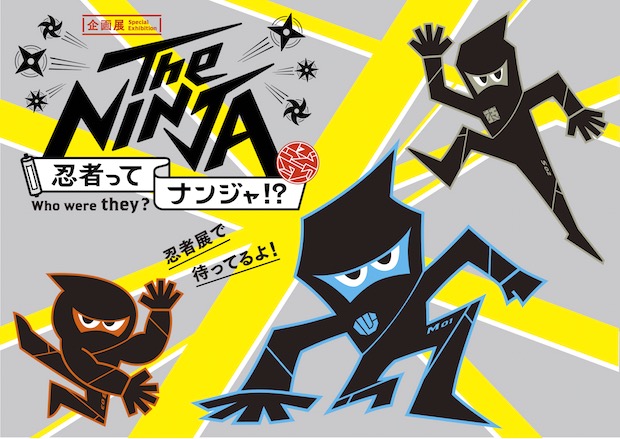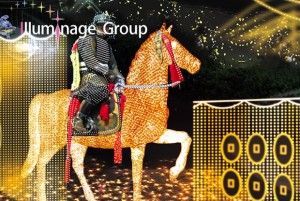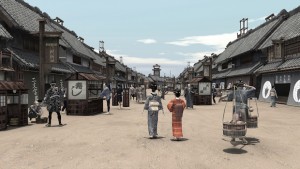This summer, Tokyo is going mad for ninja (again).
“The Ninja: Who Were They?” is an exhibition at Miraikan, a science museum in Tokyo, until October 10th.
While ninjas might seem a better suited to a history museum, the innovative show lets children (and older visitors) practice their skills as assassins through various physical and digital exhibits. Ever wanted to imitate the famous “nanba-aruki” walk? Learn about it from a scientific perspective and see how it reduces exhaustion. Somewhat like getting a tutoring session at the Boy Scouts, visitors test their senses and acquire techniques in navigation.

Needless to say, there are lots of exhibits of ninja weapons, tools and clothes. You can even try your hand at throwing a (non-lethal) shuriken or walking silently across a wooden floor.
The Miraikan website also proudly notes that “all visitors who attend this exhibition will receive the Ninja Certificate issued by the Japan Ninja Council”.
As Japan experiences an unprecedented tourism boom and looks to boost this even more for the 2019 Rugby World Cup and 2020 Tokyo Olympics, it is shamelessly exploiting these tropes.
The ninja was once a dark and rather unpleasant historical figure, but has since become mythologized and romanticized today, or even integrated into pop culture through countless representations in movies and animation. The clickbait belies the true history of ninja, who were assassins without the honor associated with the samurai class. But who cares about reality when your movie takes home the box-office bacon or your museum brings in tourist yen? There is even a “ninja temple” in Kanazawa with absolutely no connection to genuine ninja history except that the architectural features have “stealth” defenses.
Aichi Prefecture recently hired a squad of professional “ninja ambassadors” to attract tourists to the region. The recruits include a foreigner, 29-year-old American Chris O’Neill who has impressive acrobatic skills, though we worry if his appearance might have made him stand out too much to have been a real ninja back in the day.
Places like Iga in Mie and Koga in Shiga prefectures have benefitted from the ninja boom over the past years. These areas claim credit for creating the original schools of ninjutsu, or the art of stealth. Cue museums and other tourist traps aplenty.
Nagoya Castle also opened a “ninja school” this month, hoping to attract 10,000 ninja apprentices.
Clearly interest from overseas is insatiable. Earlier this month and unrelated to the Miraikan exhibition, The Guardian featured an article about Masaaki Hatsumi, who is 84 years old and “one of Japan’s few living ninja”.
























